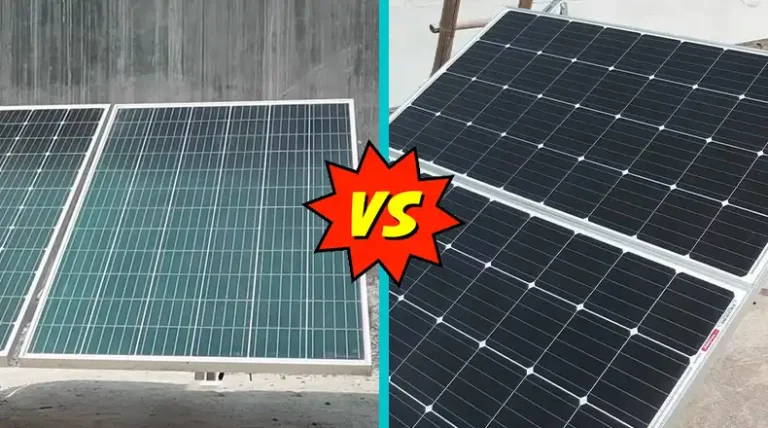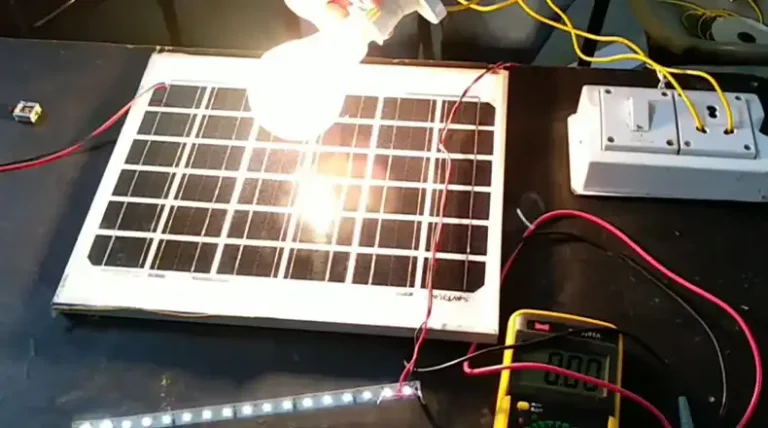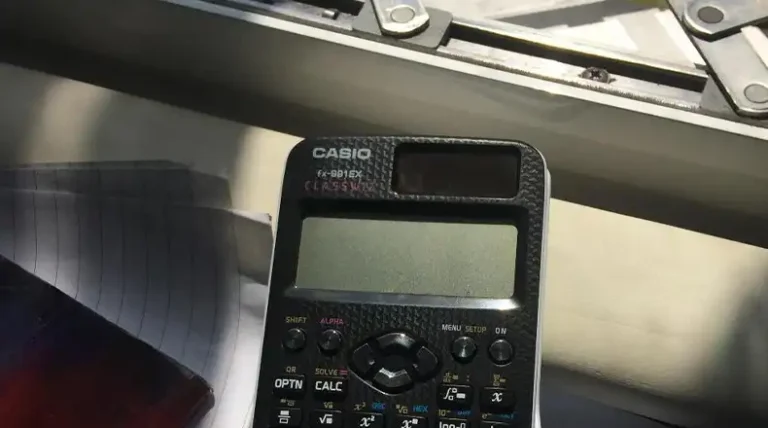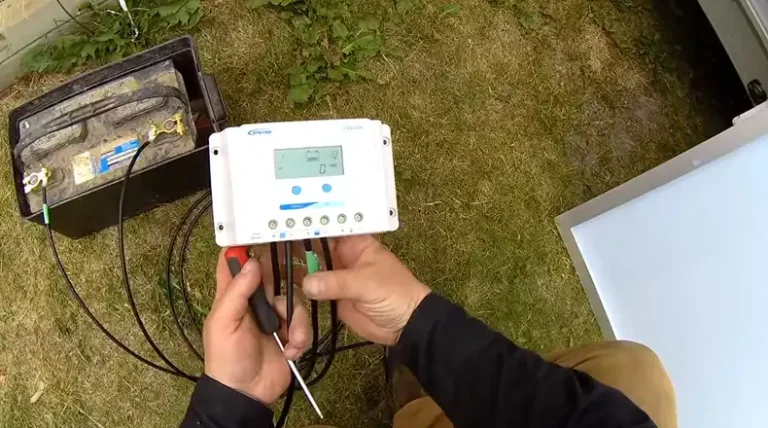How to Test a Solar Panel Without a Multimeter | What to Follow
While harnessing the power of the sun through solar panels is an eco-friendly and cost-effective measure, ensuring the panels work efficiently is equally crucial. A commonly utilized tool for this task is a multimeter.
But what if you don’t have one? Is there a way to test your solar panel without this device? The good news: Yes, there are alternative methods! Such as charge controller, light bulb methods etc.
When navigating the world of solar energy, it’s essential to have a diverse set of tools and knowledge at your disposal. Let’s explaore the art of checking solar panel efficiency without relying on a multimeter.
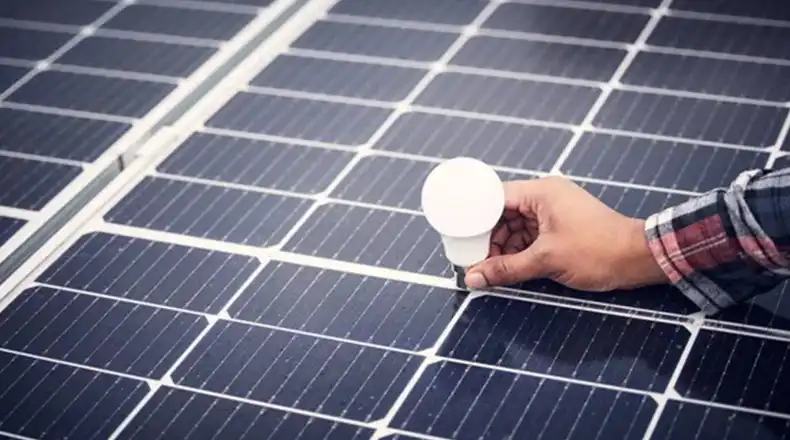
4 Methods I Followed to Test a Solar Panel Without a Multimeter
Method 1: Use a Solar Charger Controller
A solar charger controller is primarily designed to regulate the voltage and current coming from the solar panels going to the battery. However, many models come with a digital display that shows the voltage being produced by the solar panel.
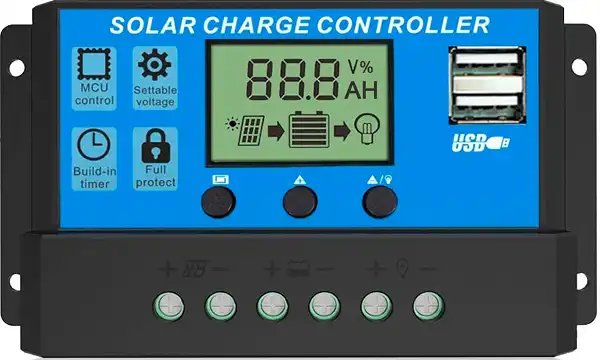
Here are the steps to follow:
Step 1: Connect the solar panel’s output cables to the solar charger controller.
Step 4: Ensure the panel is exposed to sunlight.
Step 3: Check the digital display of the controller to see the voltage output.
Method 2: Light Bulb Method:
This is a straightforward technique to check if the solar panel is producing electricity.

Follow the steps below to check the power of a solar panel without :
Step 1: Connect a light bulb with wattage close to the solar panel’s expected output to the panel terminals.
Step 2: Expose the solar panel to sunlight. If the light bulb illuminates, your panel is producing electricity.
Method 3: Observation Method:
This is more of a qualitative check and won’t give specific output values but can indicate if there’s a significant issue with the panel.
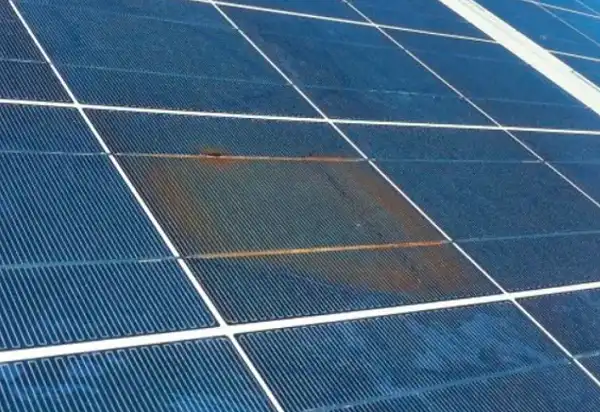
- Ensure the front of the panel is clean from any obstructions or dirt.
- Observe any signs of physical damage, like cracks or discoloration. Damaged panels are less efficient and might not function correctly.
Method 4: Battery Method:
You can use a rechargeable battery with a known voltage less than the panel’s maximum output voltage to see if the solar panel can charge it. If it can, the panel is producing electricity.
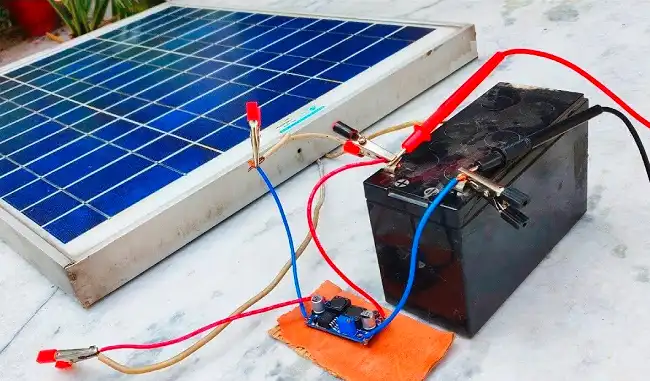
Here is how you can use this method to check the power of a solar panel without a meter:
Step 1: Connect the battery to the solar panel’s terminals.
Step 2: Expose the solar panel to sunlight for several hours.
Step 3: Disconnect the battery and use it to power a device. If it works longer than before, the panel likely charges the battery.
Why Test Solar Panels Regularly Necessary?
- Optimal Performance: Maximize the benefits of your solar investment.
- Longevity: Addressing issues early can extend the panel’s life.
- Safety: Damaged or malfunctioning panels can pose safety risks.
How the Power of a Solar Panel Is Tested?
It’s beneficial to understand the basics of how a solar panel functions and what is tested in solar paneols to identify it’s functioning correctly and providing proper power.
The solar panel is placed under a specialized device known as a solar simulator. The solar simulator produces a brief flash of light that mimics the properties of sunlight. This flash is calibrated to have an intensity similar to the sun at its zenith on a clear day, which is known as one “sun” or 1000 watts per square meter (W/m²).
As the panel is illuminated, it naturally produces electricity. The resulting current and voltage are then measured.
Power (in watts) is calculated using the formula:
Power (P)=Voltage (V)×Current (I)
Thus, by measuring the voltage and current during the flash, the panel’s power output is determined. The measured power is then compared to the panel’s rated power, often provided by the manufacturer, to determine if the panel is performing up to its expected standards.
Okay, now let’s see how we can check the power provided by the panel without a multimeter.
In Summation
While multimeters are popular tools to check whether your solar panel is functioning properly or not, the above methods illustrate that it’s possible to assess a panel’s functionality through alternative means. Stay informed, remain proactive, and ensure your journey with solar energy remains bright.

